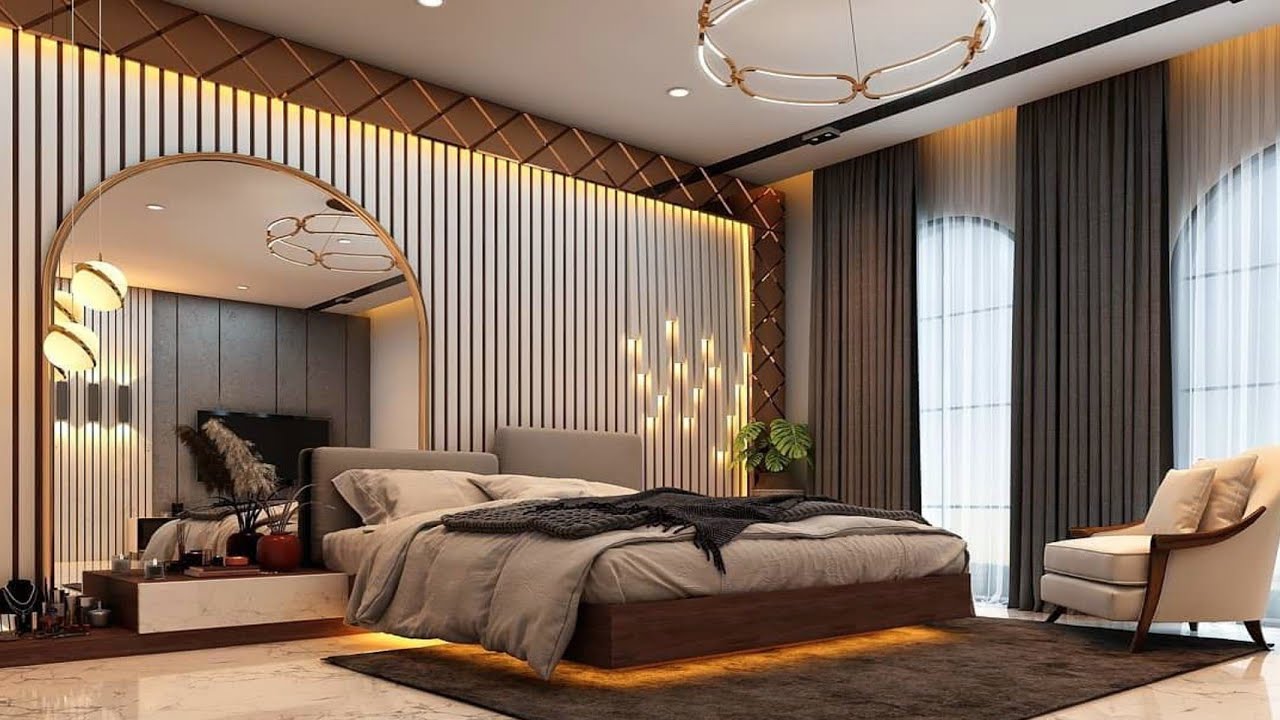Interior design is a fun pastime for people of all ages, regardless of their backgrounds. The truth is there’s no age, culture, or religion that changes how enjoyable designing your home can be! Creating a home that makes you feel cozy and comfortable, all while pleasing the eye is a satisfying activity.
However, as you get older, designing your home becomes less about aesthetics, and often more about safety and convenience. As we get older, our living environment must be able to meet our physical requirements. To help you, here are some of the best tips for seniors when it comes to interior design.
Don’t Abandon Style
Even though your initial reaction may be that you have to automatically abandon style in order to meet your safety needs, this doesn’t have to be the case! You can still prioritize safety while keeping style in mind. Even though you may require safety bars on your stairs or non slip flooring, you can still choose options that are aesthetically pleasing and stylish it’s all about finding a balance between aesthetics and safety when creating your living space.
Prioritize Lighting
One of the most common causes of senior accidents in the home is due to a lack of visibility. Good lighting is a critical part of staying safe so that you can ensure maximum vision. In addition to lighting being a critical part of seeing properly, lighting also plays a significant role in your mood. When you have plenty of bright natural light coming through your windows, you’re much more likely to feel upbeat and optimistic.
To increase the lighting in your home, opt for bright lamps and overhead lights, and consider light-colored furniture and decor. The more light colors you have in your home, the more the light will reflect throughout and create a brighter atmosphere.
Remember Comfort
Selecting the right furniture is crucial when it comes to your comfort. You want chairs and couches that will provide adequate support for your back to facilitate not only ease of sitting but also ease of getting up. And as much as you might not want to imagine that you need to take seemingly “silly” precautions like buying furniture with rounded edges instead of pointed ones, the truth is that senior bumps and falls happen much more often than you might like to think. The simple act of opting for rounded corners instead of pointed ones could save you a trip to the hospital.
Clear Pathways
As much as you might want to fit just one last item into your hallway, like a convenient shelf or table, remember that your pathways should be as clear as possible if you want to decrease your chances of falling. Your pathways should be as wide as possible to ensure clear navigation, not to mention, if you use a walker or a wheelchair, you need enough room to be able to pass through.




